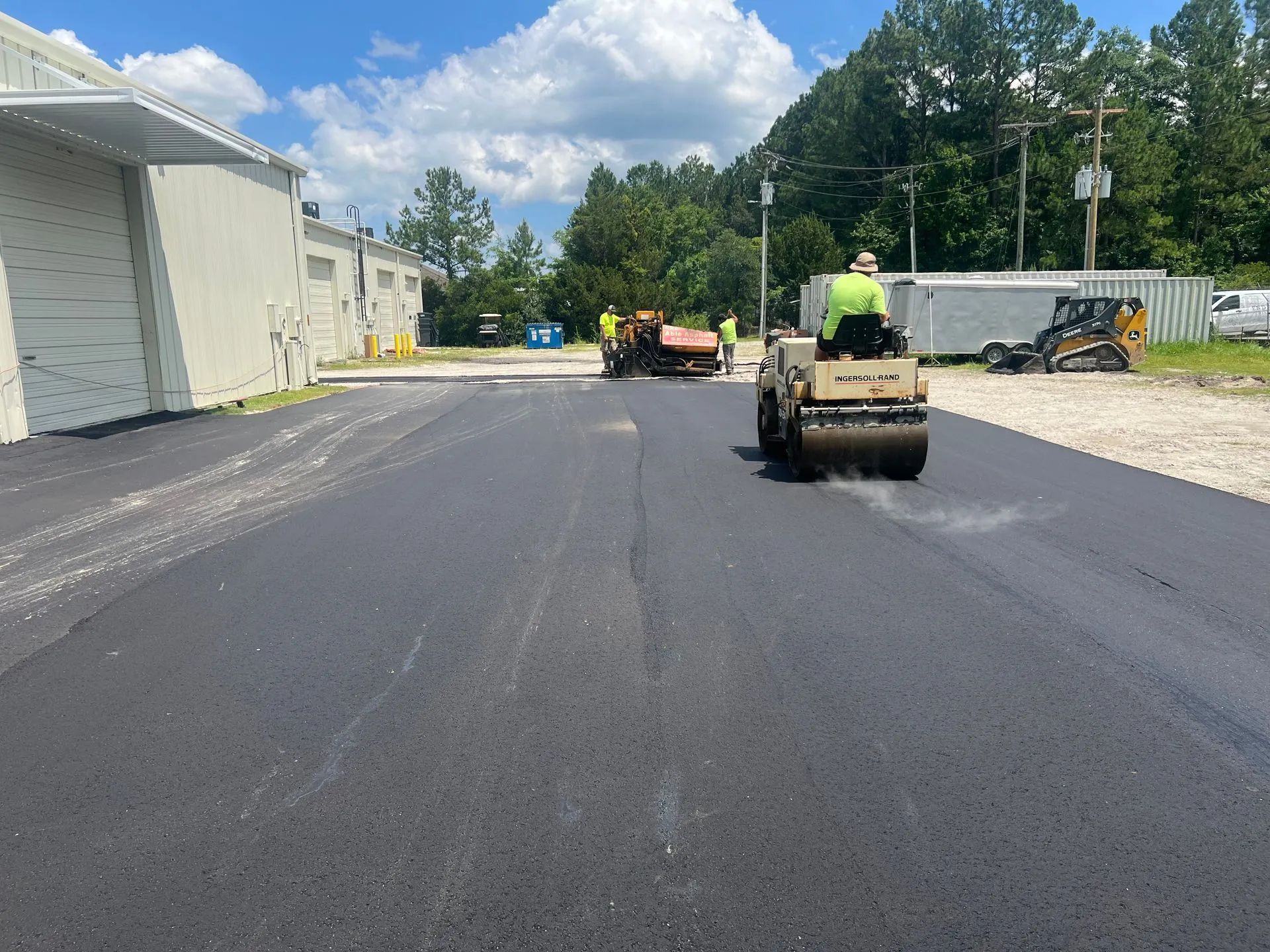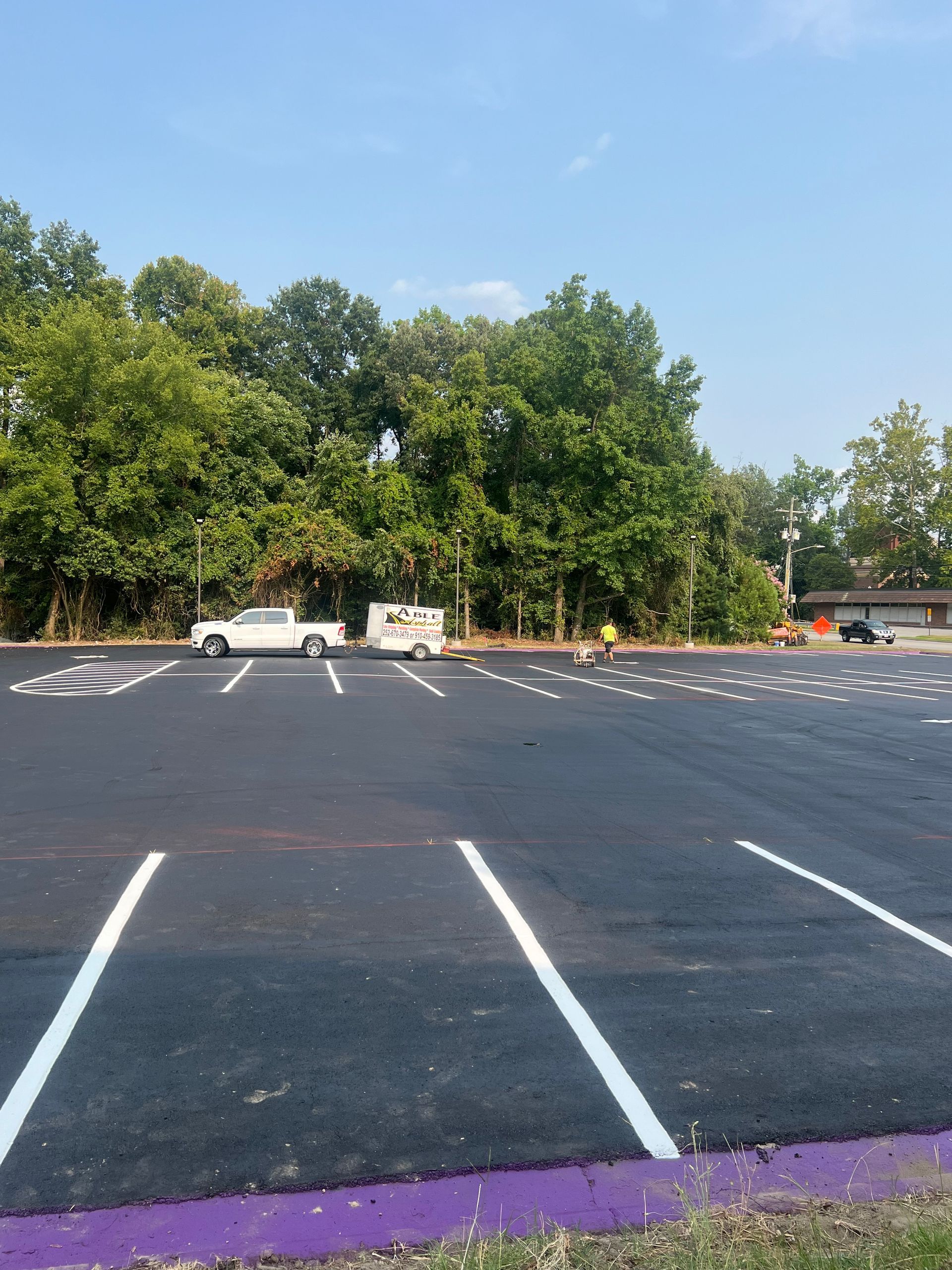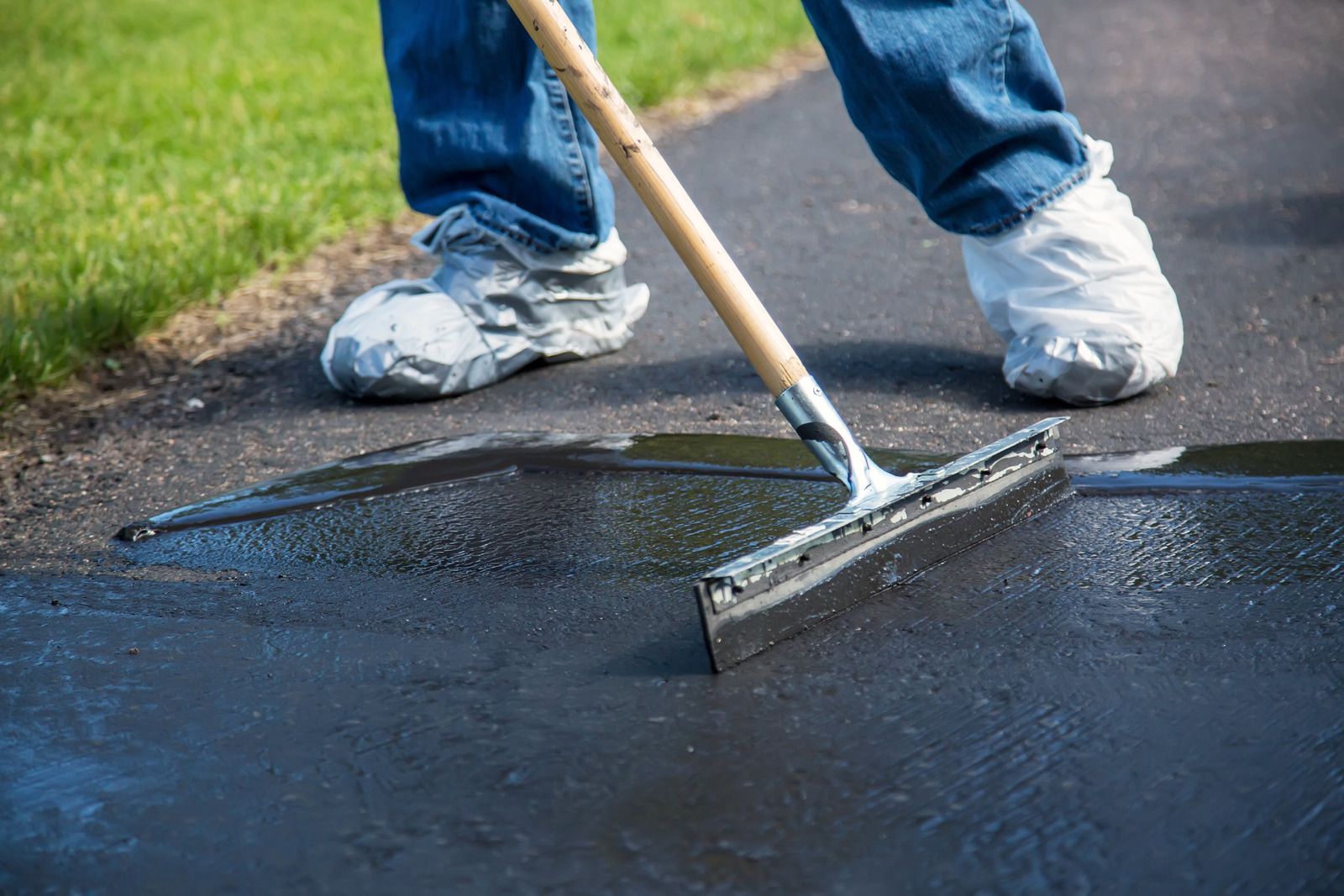The Complete Guide to Asphalt Milling: Benefits and Process
Asphalt milling is a widely used technique in road and pavement maintenance. It involves removing the top layer of asphalt to address surface issues, creating a more even and durable surface. This method offers numerous benefits, making it an ideal solution for both commercial and residential properties.
What is Asphalt Milling?
Asphalt milling is the process of grinding up and removing the top layer of an existing asphalt surface. The technique uses specialized equipment known as a milling machine, which grinds the asphalt into small pieces. These reclaimed materials can then be reused in the production of new asphalt, promoting sustainability and cost-efficiency.
The Benefits of Asphalt Milling
- Cost-Effective
One of the primary benefits of asphalt milling is its cost-effectiveness. Instead of completely replacing a worn-out surface, milling allows you to remove only the damaged top layer and resurface the area with new asphalt. This reduces the need for full reconstruction, saving both time and money.
- Improved Road Quality
Asphalt milling helps to enhance the quality of the road or driveway by smoothing out imperfections such as cracks, potholes, and rutting. The process creates a more even surface that not only looks better but also provides a safer, smoother driving experience.
- Recycling and Sustainability
The material removed during asphalt milling, known as reclaimed asphalt pavement (RAP), can be recycled and reused in the production of new asphalt. This reduces waste and lowers the need for new raw materials, making asphalt milling an environmentally friendly option for pavement repair.
- Faster Turnaround Time
Milling can be completed more quickly compared to traditional resurfacing or reconstruction methods. Since only the top layer is removed and the area is then repaved with a thin layer of new asphalt, the process is less disruptive and allows for faster completion, minimizing downtime for roads or driveways.
- Long-Term Durability
Asphalt milling extends the life of the pavement by addressing issues early. The milled surface provides a strong foundation for the new asphalt, which ensures the durability of the road or driveway over time. The resurfacing process also helps prevent more serious damage from occurring in the future.
The Asphalt Milling Process
- Assessment and Preparation
The first step in the asphalt milling process is to assess the condition of the surface and identify areas that need attention. Once the assessment is complete, the milling machine is set up, and the area is prepped for the milling procedure.
- Milling the Asphalt
The milling machine grinds the top layer of the asphalt, typically between 1 and 3 inches deep, depending on the condition of the surface. This process creates a rough, textured surface that provides better traction for the new layer of asphalt.
- Recycling the Material
After milling, the reclaimed asphalt material (RAP) is collected and transported to a recycling facility, where it can be reused in the production of new asphalt. This step helps reduce the overall cost of the project and supports sustainable practices.
- Finishing Touches
After resurfacing, finishing touches like striping or adding sealant may be applied. This ensures the final result is aesthetically pleasing and functional.
With over 15 years of experience in asphalt milling and paving, Able Asphalt Paving Inc. in Jacksonville, NC, is your trusted partner for all your pavement needs. Whether you're looking to enhance the appearance of your driveway or improve the safety of a public road, we have the expertise to deliver superior results. Contact us today to get started on your project!






